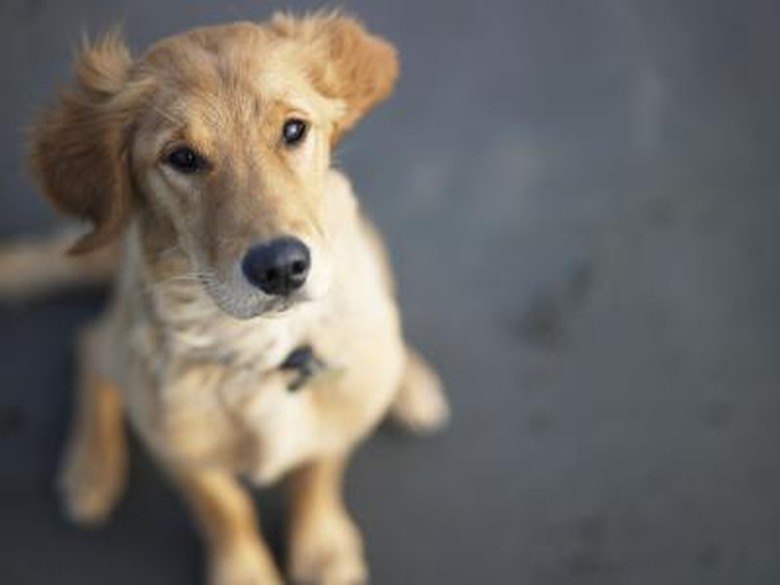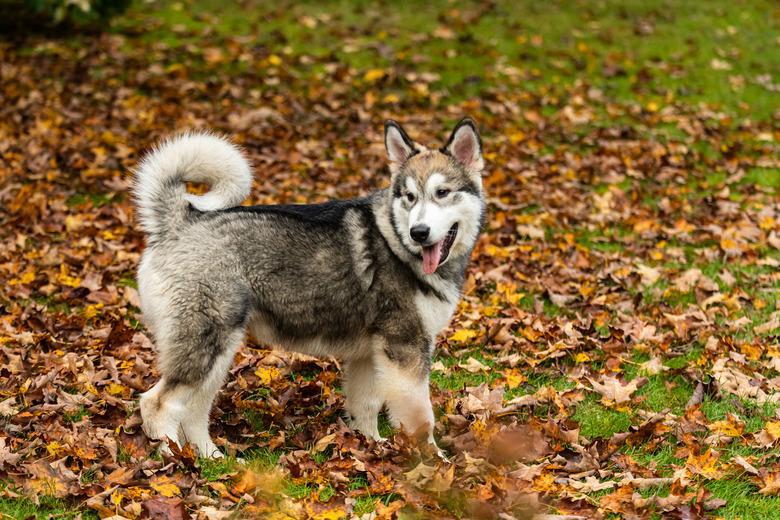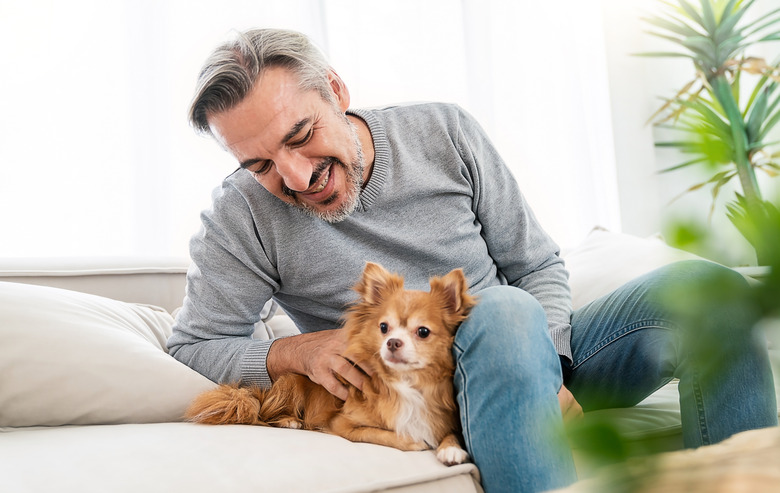Swelling After Neutering
Neutering a dog is an effective way to prevent unwanted litters of puppies, and this procedure can also provide general health benefits. It's a common surgery performed in veterinary hospitals every day. But some complications, such as an abnormal amount of swelling, might occur. Therefore, it's wise to know what symptoms to look for and how to help your dog heal.
What is canine neutering?
What is canine neutering?
Also known as castration, neutering is the surgical removal of a dog's testicles from the scrotal sac. It should be done by a professionally licensed veterinarian in a sterile operating room.
Removing both testicles makes a male dog infertile, which means he can't reproduce. But there are several other benefits of neutering your dog. For example, a neutered dog won't get testicular cancer. Neutering may also reduce a pet's odds of developing certain prostate issues. Plus, when it comes to behavioral benefits, neutered dogs tend to roam less and might act less aggressively. Overall, neutering may help dogs live longer, so you might get more time and possibly healthier time with your canine companion.
This procedure is typically performed when a dog is at least 6 months of age. But, due to overpopulation, shelters might neuter puppies at an even younger age. There are a few things to think about when it comes to properly timing the neuter. For instance, if you didn't adopt from a shelter that already neutered your pet or your dog is a large or giant breed, consider learning about the benefits of waiting to neuter him until he's reached skeletal and sexual maturity.
Dog neuter recovery: what’s considered normal?
Dog neuter recovery: what's considered normal?
Your veterinarian will tell you what to anticipate after your dog has been neutered. They will likely advise that you regularly check the surgical site to look for problems during recovery. Male dogs may experience swelling and bruising after being neutered, and this is usually considered normal.
Swollen scrotal sac after canine neutering
A dog's scrotum is also referred to as the scrotal sac, and the testicles are protected inside of it. After the testicles are removed, the sac might look like a flap of skin. However, it is normal to see a swollen sac after neuter surgery.
Swelling after neutering should subside after a few days to a week, and the scrotum will shrink. If the swelling doesn't go down or it worsens or if bleeding or oozing occurs, contact your veterinarian.
Bruising after neutering a dog
In addition to swelling, bruising can occur after neutering. You might notice it for about a week. This might be the result of some bleeding under the skin caused by the procedure.
Generally, this isn't something to be alarmed about. However, if you see bruising and aren't sure if it's normal or if the condition worsens, consult with your veterinarian to be sure your dog is recovering well.
Symptoms to watch for after canine neutering
Symptoms to watch for after canine neutering
Complications from neutering are fairly rare. Nevertheless, it's important to bear in mind that neutering is a surgical procedure. Side effects, such as infection and hemorrhage, might occur. Keep an eye on your dog so you can notice changes in behavior or problems at the incision site right away. If you notice your dog has any discharge or drainage from the neuter incision, let your veterinarian know right away.
While some swelling is normal, be on the lookout for abnormal swelling after neutering a dog. This might be caused by a scrotal hematoma, which forms when bleeding occurs inside the scrotum. If the hematoma worsens, it may lead to problems that require veterinary care. Therefore, it's a good idea to talk to your veterinarian about the signs of a hematoma, how to reduce the odds of it forming and what steps to take if one does form.
Swelling treatment and prevention for dogs
Swelling treatment and prevention for dogs
To help reduce swelling post-surgery, your veterinarian might tell you to gently apply cold compresses to your dog's scrotum. They can provide guidance on how long to keep the compress on your dog and how often to apply it.
Also, stop your pet from biting or licking the area near the incision and sutures, as this could open the wound. Problems can arise from a dog self-harming the surgical site. Use an Elizabethan collar or a body suit if necessary to keep your dog's tongue and teeth away from the incision area.
Remember that your veterinarian will be there to guide you before and after your dog is neutered and can provide valuable advice on how to ensure your dog heals properly post op.
The bottom line
The bottom line
Neutering your dog is highly recommended and can provide many benefits. Following this procedure, it's important to ensure your pet recovers smoothly. Your veterinarian may tell you to limit your dog's physical activity and use an e-collar to support the healing process. Also, look for signs of infection and other issues. While some swelling and bruising in the scrotal area can be normal, if these become severe or other symptoms develop, contact your veterinarian to let them know right away.


